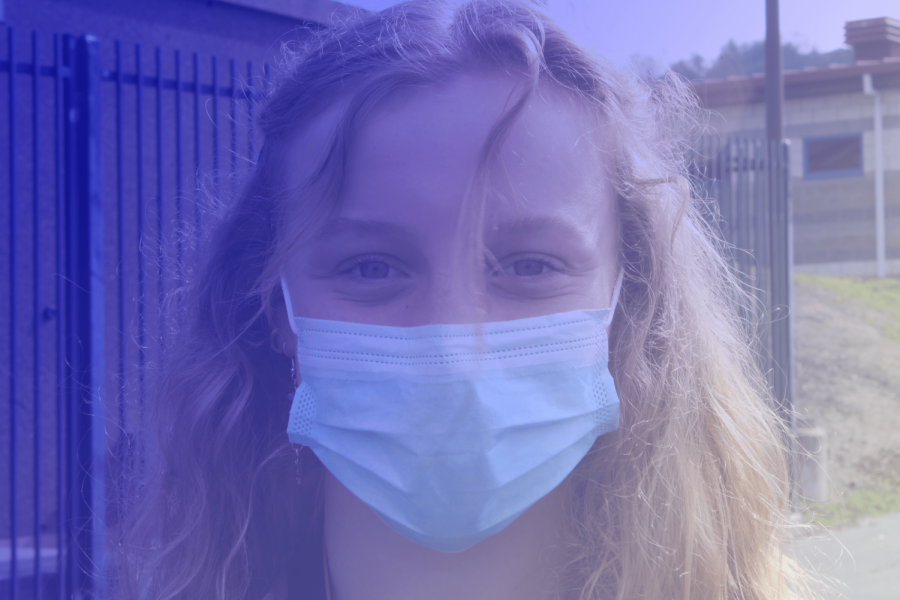Masked Emotions
How masks have affected our traditional ways of communicating throughout the pandemic
More stories from Allie Monaghan
Photo of Savannah Martin provided by Allie Monaghan
In today’s crazy world of living in a global pandemic, you can’t go outside without seeing masked faces out and about everywhere, slowly but surely becoming the new normal we have grown accustomed to. But how have these masks affected the way we interact in a world six feet apart from each other?
Before COVID drove a nail into the heart of our normalcy, one thing many people took for granted was something so simple yet so essential; human interaction and communication.
The Frontiers in Public Health state that, “People perceive facial expressions off one another, and this helps them forecast events and situations, and develop responses to them. The face, as an anatomical figure, can be separated into upper, middle, and lower portions, with each playing an important role in expressing the feelings and moods of an individual. For example, actions like smiling and grimacing involve lower facial structures, like the mouth, the lips, and the cheeks, and these are often included in our daily conversations.”
Simple gestures such as seeing your friend give you a warm smile or even seeing the way other people express themselves via their facial expressions is an important step in building and strengthening relationships; something masks have temporarily taken away from us.
Though COVID has limited the interactions we can have with one another, it has not stopped us completely from meeting new people and making new friends, but masks have limited what we can initially see.
Not recognizing new people you have met without their mask seems to be a common theme with most everyone, whether it be a new co-worker or a fellow classmate.
“With my friends, It’s pretty easy to recognize them with and without a mask on, but with new people I’ve met during quarantine, it’s a lot more difficult to recognize them without a mask because I have no idea what most of their face looks like,” says sophomore Savannah Martin.
Source: https://www.frontiersin.org/articles/10.3389/fpubh.2020.582191/full



